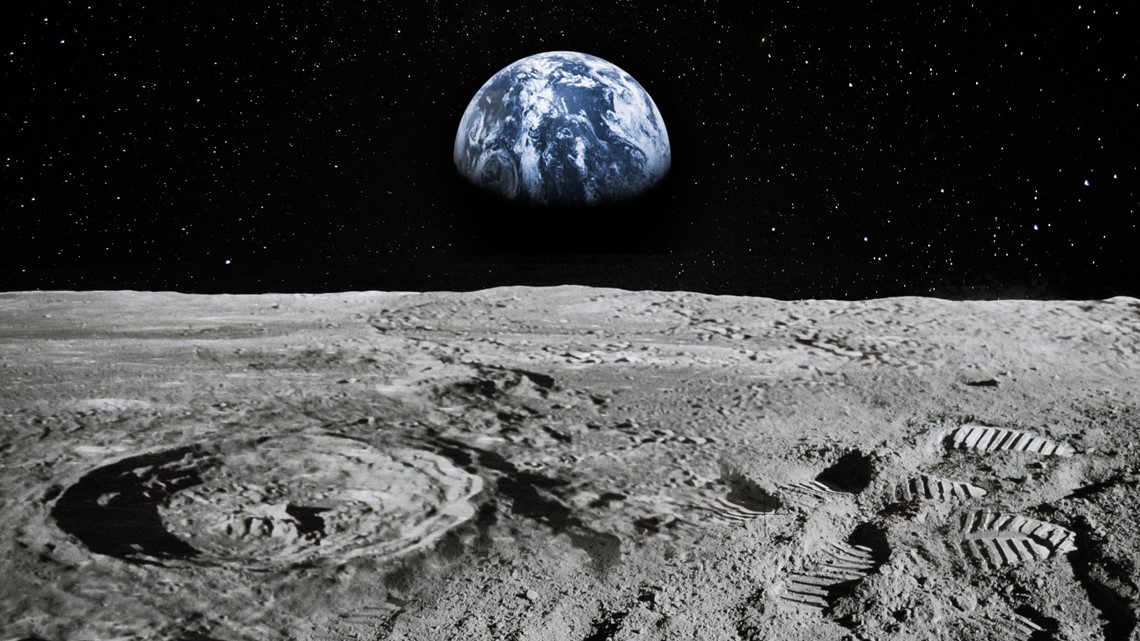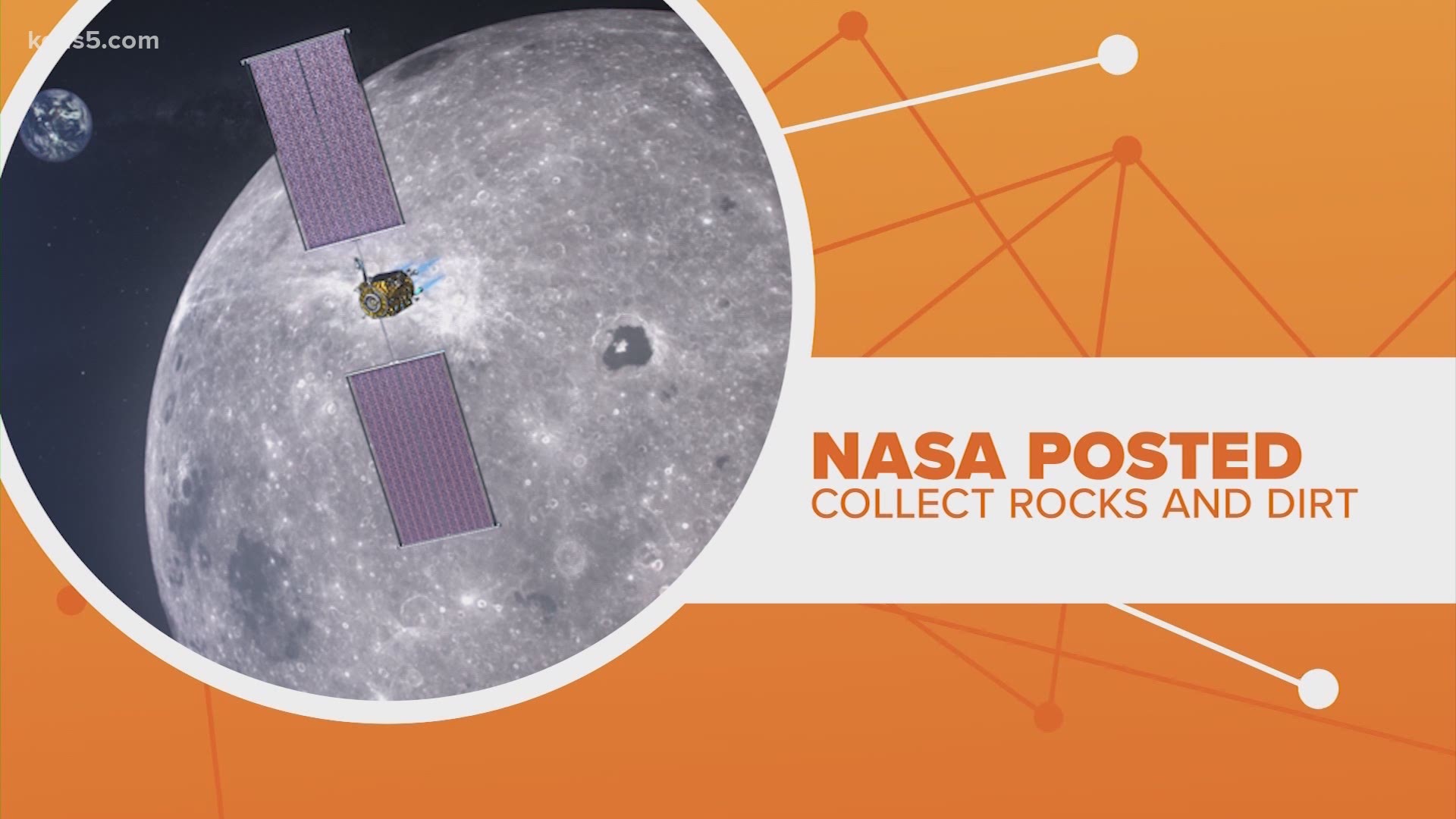Nokia has been selected by NASA to build the first cellular network on the moon, the company announced on Monday.
The effort is part of NASA's push to return humans to the lunar surface by 2024 and to establish a base soon afterward.
Nokia said Monday it plans to deploy the first "ultra-compact, low-power, space-hardened, end-to-end LTE solution" on the Moon's surface in late 2022.
The $14.1 million project is one of the "Tipping Point" technologies NASA recently outlined for its Artemis moon mission. In total, $370 million was awarded to 14 companies to create technology for the moon-landing program.
Nokia released more details of its involvement on Monday after last week's announcement by NASA. The U.S. space agency is also funding other innovations in cryogenic fluid management, lunar surface innovation, and descent and landing capability.
Nokia said it will partner with Texas-based Intuitive Machines to deliver the cellular network to the Moon's South Pole on a lunar lander. Once deployed, the network will self-configure and establish the first LTE communications system on the Moon, the company said.
Nokia Bell Labs' division said the 4G signal will provide communication capabilities for astronauts and it could be used to control lunar rovers, for real-time navigation across the lunar surface, for streaming video and for data transmission.
The Artemis program's aim is establish a long-term human presence on the moon as a warm-up for missions to Mars.
The 4G lunar network could possibly work, in some ways, better than it does on Earth, as there aren't objects such as trees or mountains blocking the signal, according to a CNN report.
The equipment includes a base station, antennas and software and is designed to withstand harsh launches and lunar landings and extreme conditions in space.
“Reliable, resilient and high-capacity communications networks will be key to supporting sustainable human presence on the lunar surface,” Nokia's chief technology officer, Marcus Weldon, said.
The moon's 4G network could eventually be upgraded to 5G, as it has been in some places so far on Earth.
The upgrade to 5G everywhere could be years away on Earth, so that could be an indication as to how long it will take for a lunar 5G network to arrive. GSMA, an industry trade group, estimated that around half of mobile connections would be upgraded to 5G by 2025.


The Associated Press contributed to this report.

